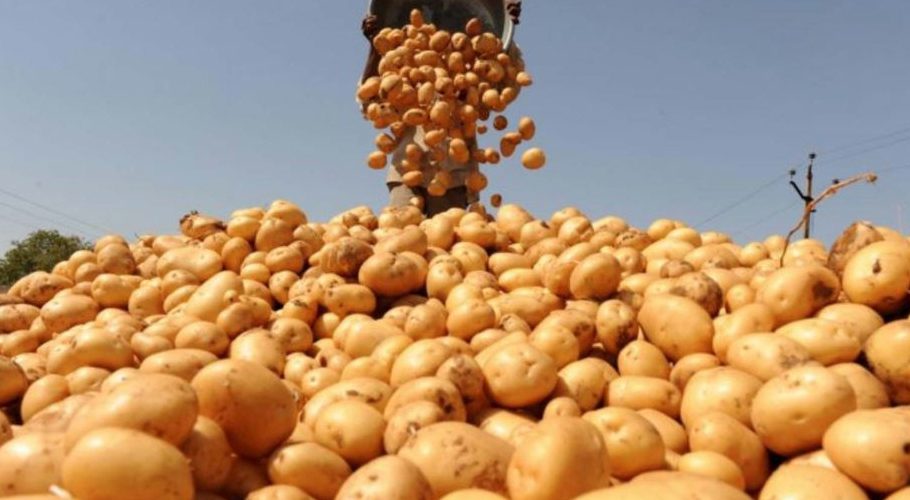ISLAMABAD: Pakistan’s potato production has increased to over eight million tons, marking a significant milestone as the country now ranks among the top 10 producers worldwide.
Ranked ninth globally in potato production, the country has experienced a remarkable surge, with output soaring over 35% in the past three years, from 5.87 million tons in 2020-21 to an estimated 8.01 million tons in 2022-23.
Approaching the conclusion of the current harvest season, it is anticipated that the country will achieve yet another bumper crop, potentially exceeding eight million tons.
This surge in potato production has propelled Pakistan into the ranks of top vegetable producers worldwide. In 2022, China led the pack with 95.6 million tons, followed by India at 56.1 million tons, Ukraine at 20.9 million tons, Russia at 18.9 million tons, and the USA at 17.8 million tons. Germany, Bangladesh, France, Pakistan, and the Netherlands rounded out the top ten.
Official data reveals that in 2022-23, potatoes covered nearly 0.330 million hectares, yielding a total of 7.94 million tons, up 1.9% from the previous year and surpassing the target by 31.8%.
Potato cultivation has emerged as a lucrative cash crop in Pakistan, following wheat, rice, and maize. Over the past decade, its economic significance has grown, with a corresponding increase in cultivation area. In 2018-19, potato cultivation covered 196,200 hectares, yielding 4.57 million tons.
Despite its potential, the country’s average potato yield remains relatively low at 23 tons per hectare, well below global standards. However, innovative farmers have managed to double this average yield, indicating untapped potential for increased productivity.
The bulk of potato production—over 95%—hails from Punjab province, where cultivation is fervently pursued. The province’s core area accounts for 80% of the total production. Notably, cotton production in Punjab expanded by 43% from 2020-21 to 2022-23, primarily due to increased cultivation area, which grew by 48% during the same period.


















